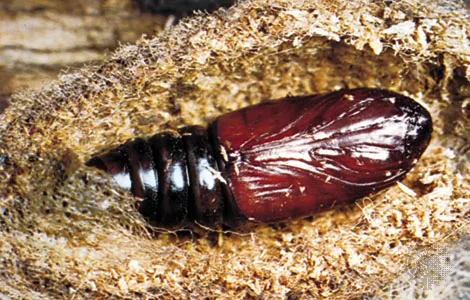Insect biology: lifecycles and development
1/34
There's no tags or description
Looks like no tags are added yet.
Name | Mastery | Learn | Test | Matching | Spaced |
|---|
No study sessions yet.
35 Terms
Coleoptera common name + importance
Beetles, most diverse order, provide examples of almost everything we discuss
Diptera common name + importance
True flies, very diverse order, includes species with largest impact on humans (mosquitos) as well as ecosystem service providers
Hymenoptera common name + importance
Bees, wasps and ants.
Examples of insect social structures, not all highly social. sociality has evolved multiple times within this order, also important ecosystem service providers
hemiptera common name + importance
true bugs. includes many of the most important agricultural pests
lepidoptera common name + importance
moths and butterflies. larvae can be major pests and adults can be important pollinators. unique feeding mechanisms
blattodea common name + importance
cockroaches and termites. termites provide excellent example of sociality
Main features of apterygote insects
No wings- primitive
metamorphosis slight or absent
order: archeognatha
main features of pterygote insects
winged
metamorphosis occurs
contains all the orders that humans love to study
main features of exopterygote insects
simple metamorphosis
immature stages = nymphs
pupa rarely present
wings develop externally
nymphs and adults often feed on same food
main features of endopterygote insects (holometabola)
metamorphosis complex
immature stages = larva
larva assimilates food
pupa present
wings develop internally
types of insect larvae
eruciform (caterpillar)
campodeiform (crawler)
scarabaeiform (white grub)
elateriform (wireworm)
vermiform (maggot)
Ellen Can’t Screw Every Virgin
types of insect pupae
obtect (chrysalis)
exarate (none)
coarctate (puparium)
Occasionally everyone cares
Mechanisms of sexual reproduction
overt displays (species specific): fireflies, cicadas
attraction to resource (eg food): dung, carrion
pheromones (typically female)
swarms (mostly male):
copulation (direct except for apterygotes
Mechanisms of asexual reproduction
parthenogenesis
hermaphoroditism
polyembryony
outline parthenogenesis
development from an unfertilised egg
can be obligatory or facultative
virtually all orders have at least one asexual representative
highly successful means of rapidly exploiting favourable conditions
female only eggs: thelytokous
male only eggs: arrhenotokous
male and female eggs:amphitokous
outline hermaphroditism
male and female reproductive organs in the same organism
method of asexual reproduction
outline polyembryony
two or more embryos from one egg
outline ovoviviparity
egg and yolk = laid = hatch
outline pseudoplacental viviparity
embro (placenta-fed) —>laid/hatch ~simultaneously
outline hemocoelus viviparity
embryo in haemolymph
outline adenotrophic viviparity
larva hatches in female- milk fed —>laid—>pupariation
What are the environmental gradients involved in phenology
photoperiod: consistent recurring gradient = noise free signal
long day and increasing day lengths=good indicators of spring or summer
short day and decreasing day lengths = good indicators of autumn or winter
temperature=inconsistent/variable=noisy signal
warm or cold spell ≠ good indicator
Give an example of an apterygote insect
silverfish- archeognatha
give an example of a pterygote insect
mosquito
given an example of an exopterygote insect
dragon fly, termite
give an example of an endopterygote insect
flies, butterflies, bees, etc
outline eruciform
caterpillar
body cylindrical, short thoracic legs, pairs of fleshy abdominal prolegs
moths and butterflies
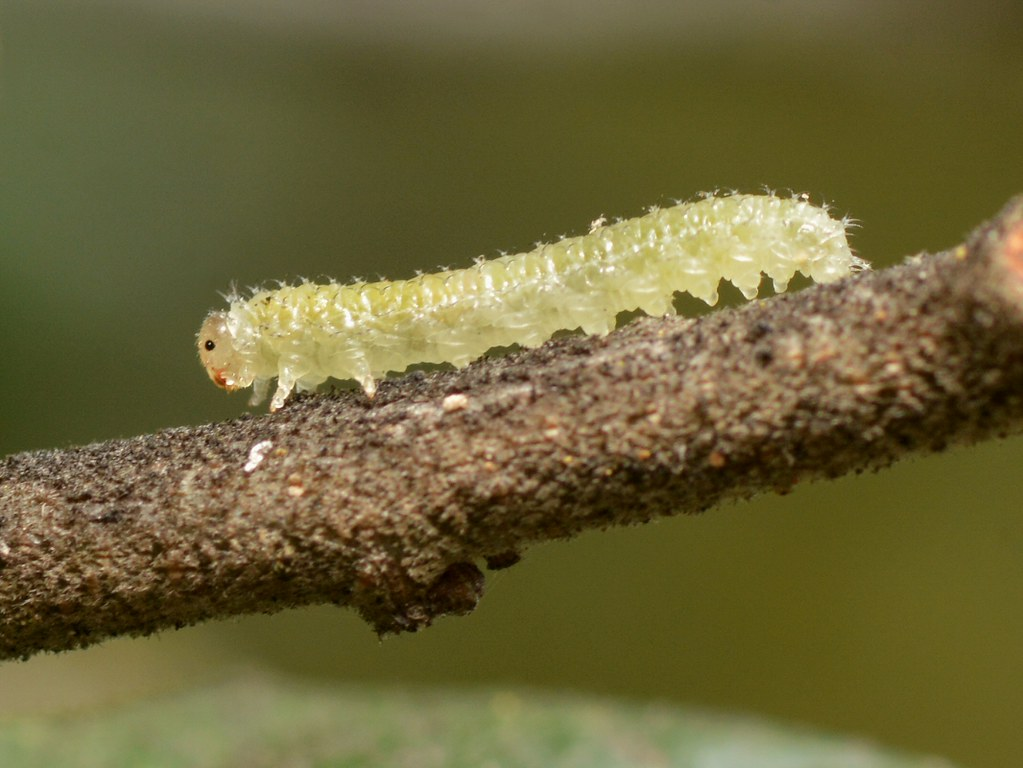
outline campodeiform
crawler
elongated, flattened body, antennae/cerci, thoracic legs adapted for running
lady beetle, lacewing
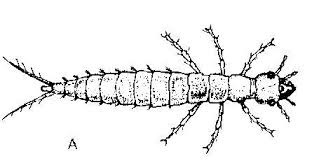
outline scarabaeiform
white grub
body rubust and ‘c’ shaped, no abdominal prolegs, short thoracic legs
june beetle, dung beetle
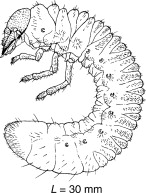
outline elateriform
wire worm
smooth, long, cylindrical body
hard exoskeleton
very short thoracic legs
click beetle, flour beetle
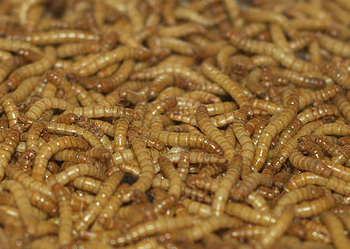
outline vermiform
maggot
body fleshy, worm-like, no head or walking legs.
house fly, flesh fly
outline obtect
developing apendages visible, held tightly against body by shell-like casing. often found enclosed within silken cocoon
butterflies and moths
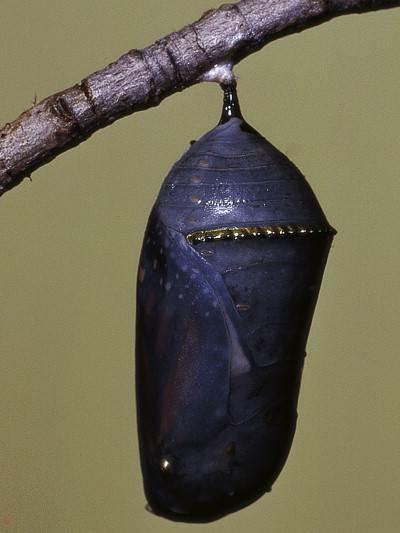
outline exarate
all developing appendages free and visible externally
beetles, lacewings
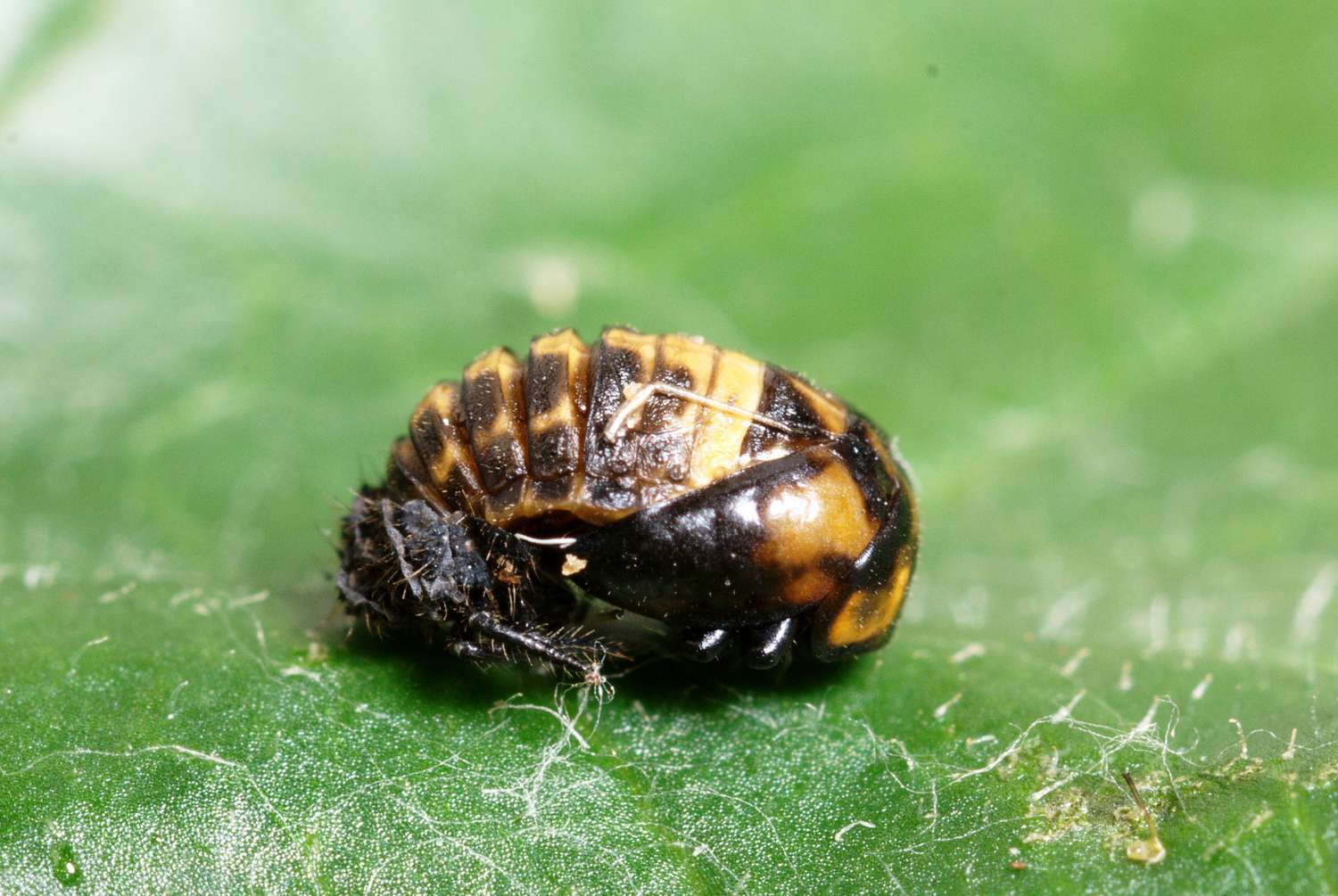
outline coarctate
body encased within the hard exoskeleton of the next-to-last larval instar
flies
